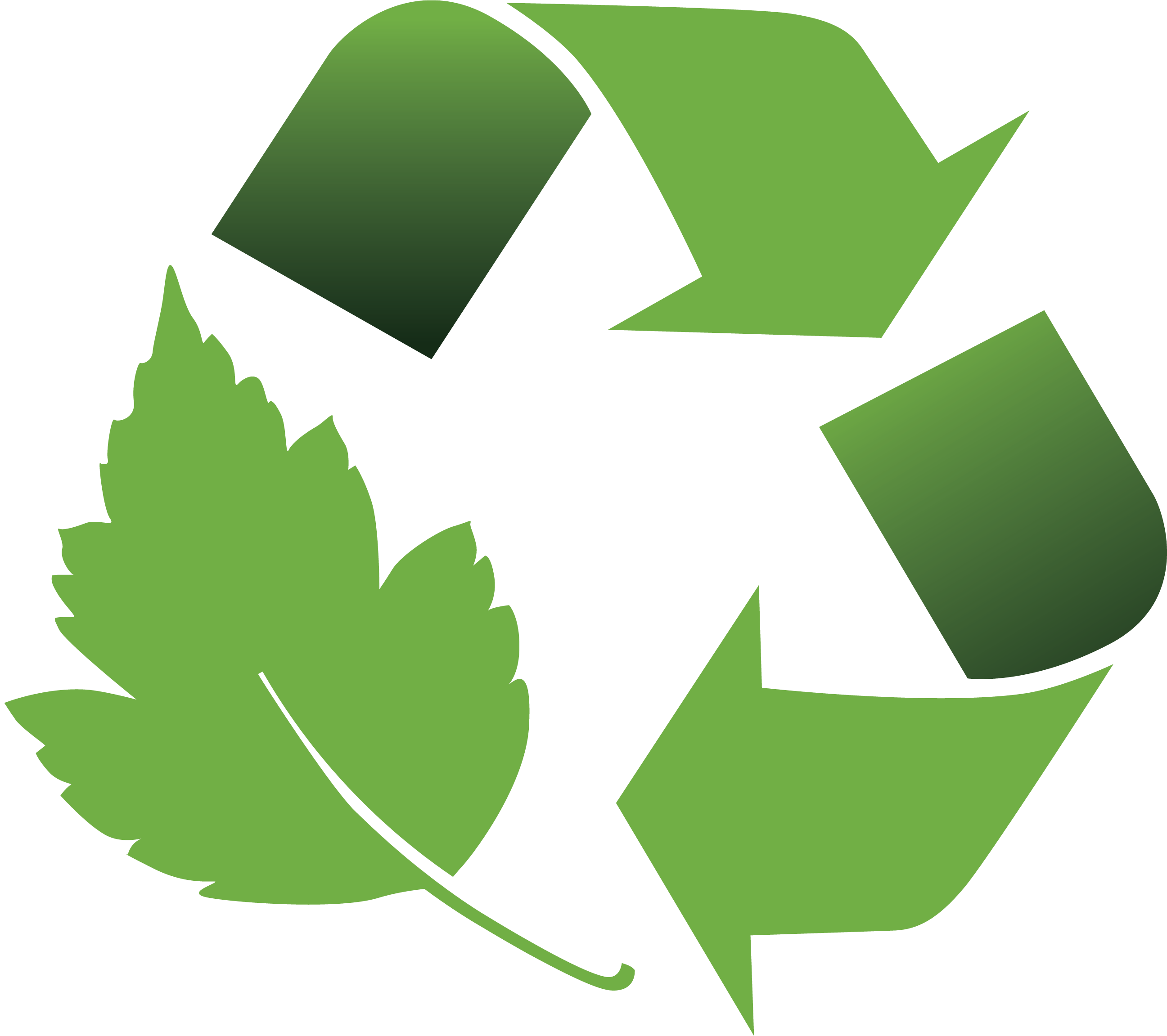Anti tarnish coatings for silver

In our last blog, we discussed some of the various types of anti tarnish coatings. Now we will take a more in depth look as to the effectiveness of these coatings.
One of the more poular coatings, often referred to as e-coat, is actually an electro-coating process that applies an extremely thin clear coat layer (often a polymer) to seal the silver surface away from the air. In electrocoating, the object is immersed in a tank with charged polymer ions that float in a liquid solution. Electricity is then applied to the silver item, which oxidizes or reduces those ions to convert them to a solid organic coating on the silver.
As experts in the field of tarnish and corrosion, we are often approached by silver jewelry and giftware manufacturers that are still experiencing tarnish with their silver items even with these protective polymer e-coatings. These companies look to us for answers as to why, even with an e-coat, their silver still tarnishes. Part of our process, through laboratory analysis, is identifying possible causes and/or from where the oxidation (aka tarnish) is originating.
Quite often, we have found out through such analysis, that what appears to be tarnish is actually a defect in the coating or coating process, and not the silver. Or what appears as tarnish, may just be residual manufacturing residues, oils, sweat, etc. One way to find out is to simply wipe off the item with a plain cloth. If the tarnish appearing substance easily wipes off, then it was not tarnish in the first place. When doing this, use a plain cloth and not a polishing cloth or any cloth embedded with cleaning or tarnish prevention agents or chemicals.
Learn more about Intercept: How it works & why it's Better




